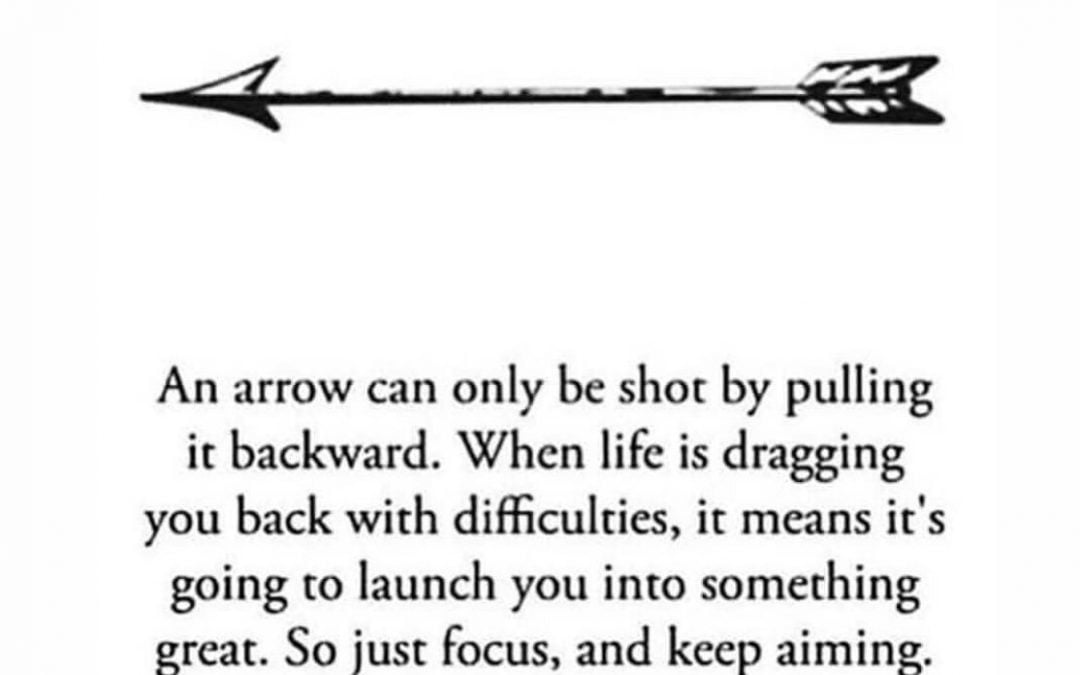
Your Business Is Like A Rowing Team
I spent some time this week in our Austin, Texas market where one of our REALTOR® team leaders is also a “coxswain” and a rowing coach. He was telling me a story about a new rower, who was placed on a boat with 8 others… he noticed she appeared to be working very hard and sweating profusely, yet her technique was so off it wasn’t helping the team.
Can you relate to a time where you’ve been working hard and not getting the result you intended?
A rowing team – and your business – needs more than just quality, skilled resources. You also need all your resources in the right seats, doing the right things.
Here’s the thing I learned about rowing: in an eight-person boat, each rower has one oar—four on port and four on starboard. If one side pulls harder that the other side, the boat turns. If one side’s oars are raised higher than the other side, the boat tips. In order to find the set and create swing, everyone must work together to balance the boat and have exact timing. Your hands must be at exactly the right height as you slide up to the catch. Every oar has to drop into the water at the exact same time. Everyone needs to pull at equal pressure. All the blades need to come out of the water and release in unison. Any deviation disrupts the boat.
So, what can we learn?
First, have a clear direction, but an easy hand on the steering
The “coxswain” job is to keep the boat on course and steer the straightest line possible. Steering too much means zig-zagging over the course and rowing far more than 2,000 meters, which adds to time. The trick is to keep the end in sight and steer to a center point far down course, not trying to keep coming back to the center every stroke. To do this, the coxswain calls out increased pressure for a few strokes on one side of the boat or the other to correct the course rather than use the rudder, which slows down the boat.
Learning: High-performance teams always keep the end in sight and know the ultimate objectives of their work. Without a clear picture of the goal, teams thrash with process and fail to achieve proper alignment in their activities. Going in the wrong direction as fast as you can doesn’t get you any closer to the finish.
Second, it’s not how hard you work, it’s how hard you work together
It turns out that pulling as hard as you can, without pulling together, actually slows the boat down. Imbalanced power will veer the boat one direction and throw off the timing of the catch and the release. Uncontrolled straining at the oar can tip your weight left or right and toss the boat side to side. A successful team pulls in perfect balance and with perfect timing.
Learning: Successful teams know that performance is a function of collaboration and coordination, not a sum of individual effort. Knowing how your contribution is affecting the final outcome and staying highly aware of what others are doing while staying in sync is critical to delivering results. Reacting quickly, deliberately and in a coordinated fashion allows teams to adapt to changes, handle new information, and stay on target.
Make it a powerful week and looking forward to hearing your success stories.
PS: Are you looking for a playbook that is guaranteed to help up your personal mastery, business mastery or marketing mastery? If so reach out to us at [email protected]
Need a one on one coach? See if coaching is right for you, schedule a complimentary consult at www.jparcoaching.net


